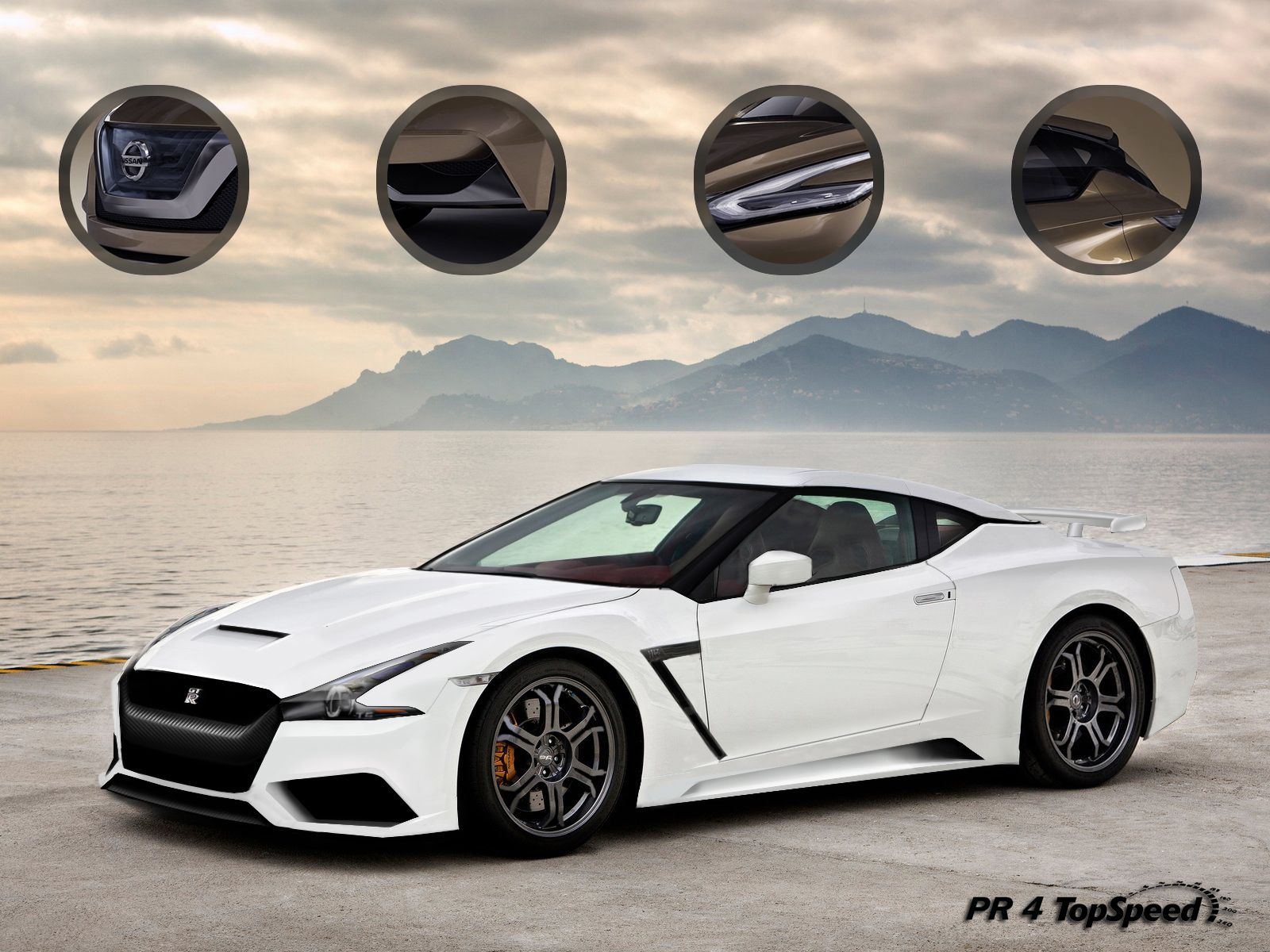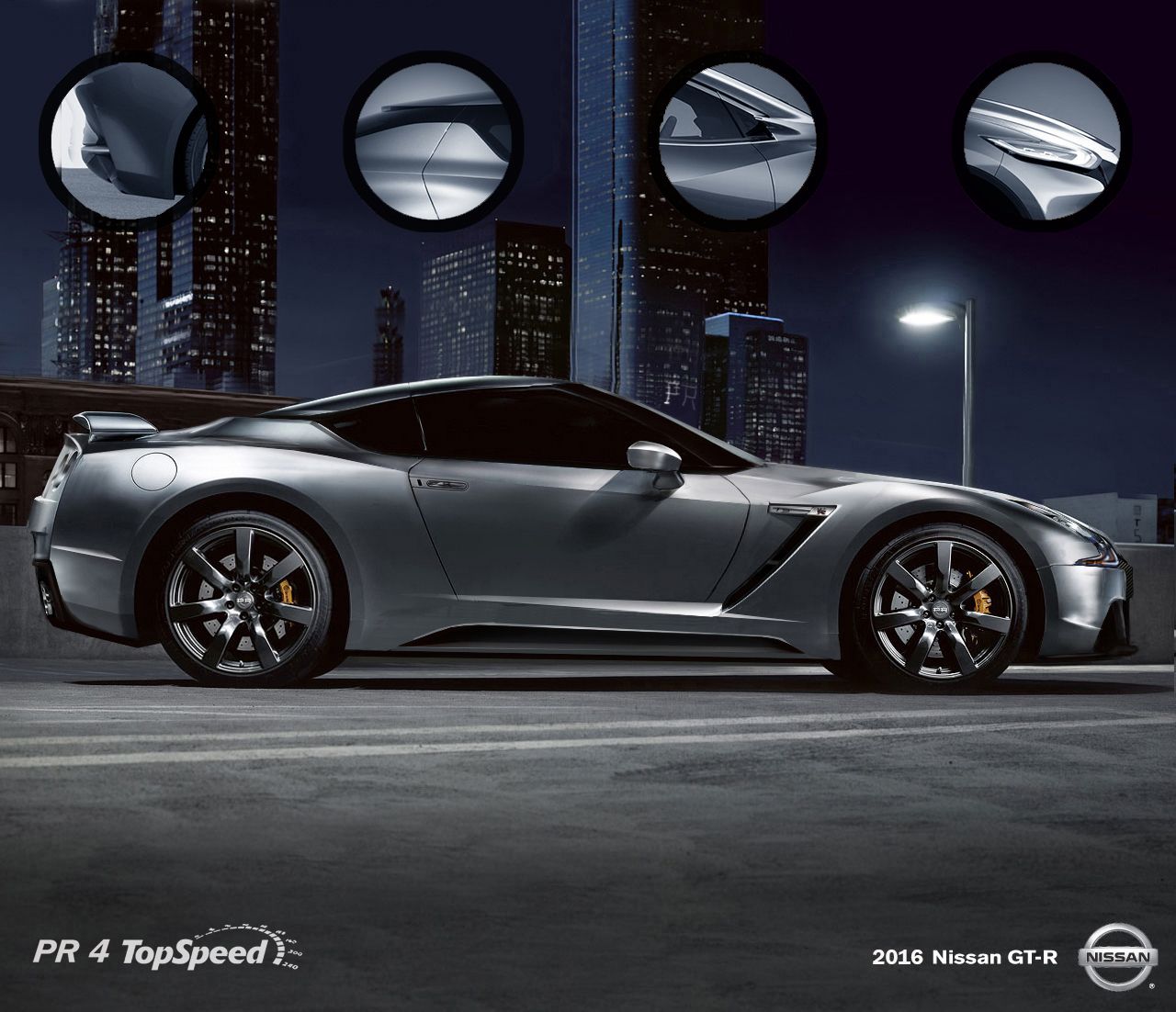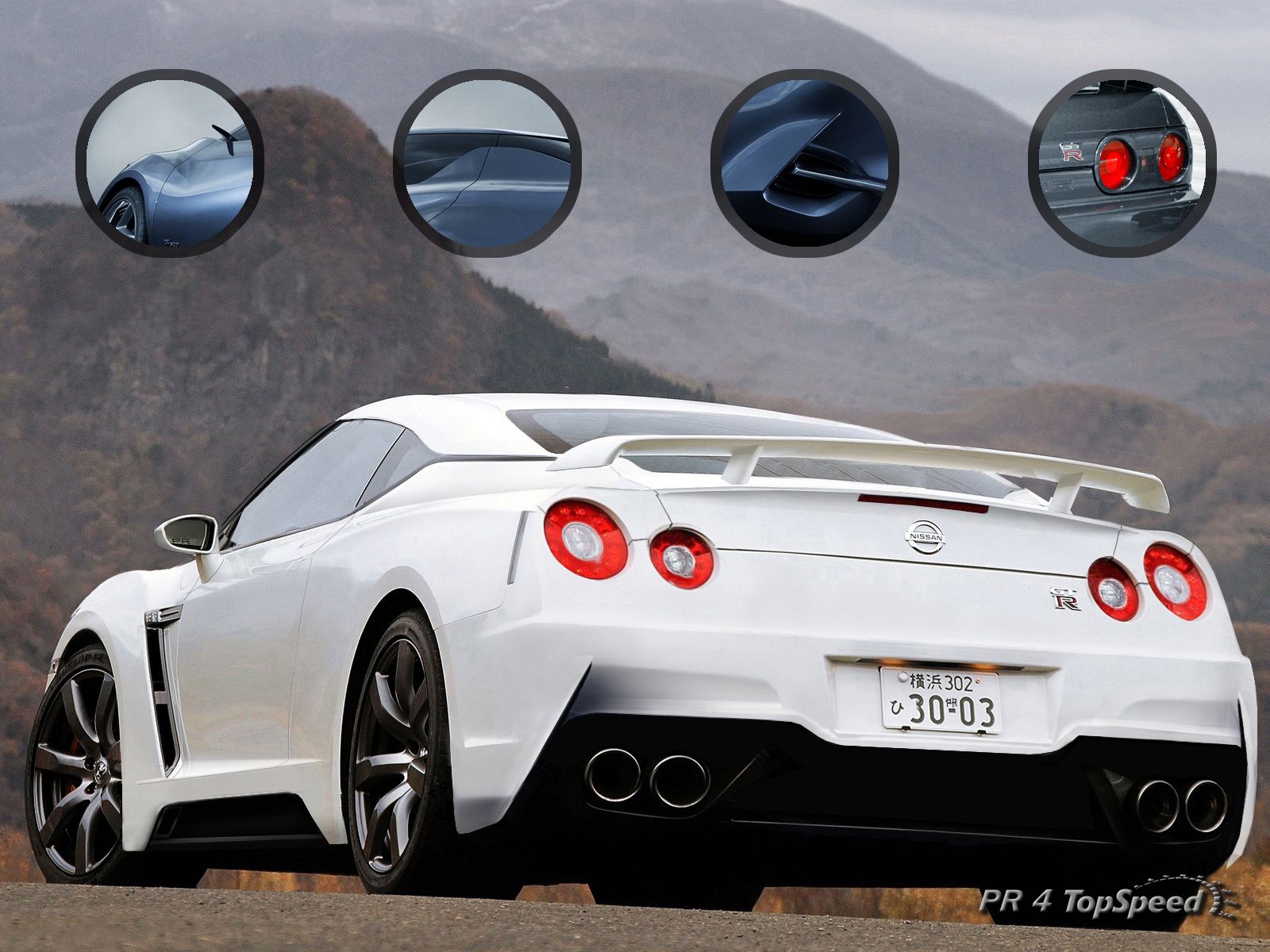Fresh off of unveiling the limited-run Nissan GT-R50, Nissan is dropping hints about the next-generation GT-R, including claims that it will be the “fastest super sports car in the world.” Nissan design boss Alfonso Albaisa dropped the bombshell at the Goodwood Festival of Speed, adding that the Japanese automaker is in the early phases of designing the new model. There’s no timetable on when the next-gen GT-R will surface, but with the current-generation model already 11 years into its life cycle, it should only be a matter of time before the spawn of Godzilla is introduced to the world.
As exciting as this sounds — and it is very exciting! — waiting for the next-gen GT-R to arrive is going to be an exercise in patience. Nissan’s design chief, Alfonso Albaisa, said so himself, telling Autocar that while the company is already looking into plans for a next-gen GT-R, those plans are still in the infancy stages. One of the biggest challenges, according to Albaisa, is developing an all-new platform for the next-gen model and determining the kind of powertrain it’s going to have. “The challenge is on the engineer, to be honest,” he said. “We will do our jobs when the time comes to make the car something really special. But we’re not even close to that yet.”
Considering the level of status and acclaim the current GT-R has achieved, it’s incumbent on Nissan to make sure that the successor to the iconic Japanese sports car is better in every way. One question that the automaker needs to answer is whether it makes sense for the next-gen GT-R to adopt electrification as a potential powertrain option. It’s an issue that the company is already tackling, but it’s unlikely to make a decision anytime soon, or at least until a new platform for the sports car is finished. Developing that platform is the top priority at the moment, in large part because it can set the ball rolling on Nissan’s other plans for the sports cars. What’s clear at this point, though, is that the Japanese automaker is determined to give the model a successor that can live up the legacy of its name.
That includes the goal of turning it into the fastest super sports car in the world, a distinction Nissan is going to have to fight for in a segment that has no shortage of worthy adversaries. It remains to be seen how the company can achieve it, but the good news is that it already has forms of the technology that can be used on the next-gen model, provided that the platform can accommodate it. If anything, the 3.0-liter twin-turbocharged V-6 engine found on the LMP1 GT-R racer could point us in the direction of what’s to come for Nissan’s legendary sports car. The engine has remained dormant, but with a hybrid electric system also part of the equation, it wouldn’t be shocking if the new GT-R ends up with this setup once it hits the market.
If it does, it will join a design package that Nissan’s design chief said would retain some of the muscular characteristics found in the current R35 version of the GT-R. Nissan’s not going to reinvent the wheel with a new design, but rather, expand on what the current package already has and make it more audacious. “It’s an animal,” Albaisa said, referring to the current version of Godzilla. “It has to be imposing and excessive. Not in terms of its wings, but rather its visual mass, its presence, and its audacity.”
Whatever the case may be, Nissan is approaching the development of the next-gen GT-R with a clear and straightforward purpose that’s reflected on the demands of its customers. Or as Nissan’s design boss put it, “we have to reflect people’s dreams; and I think people dream that the next GT-R will be the hottest super sports car in the world.”
Further reading
Read our full speculative review on the next-generation Nissan GT-R.
Read more Goodwood Festival of Speed.
Read more Nissan news.



